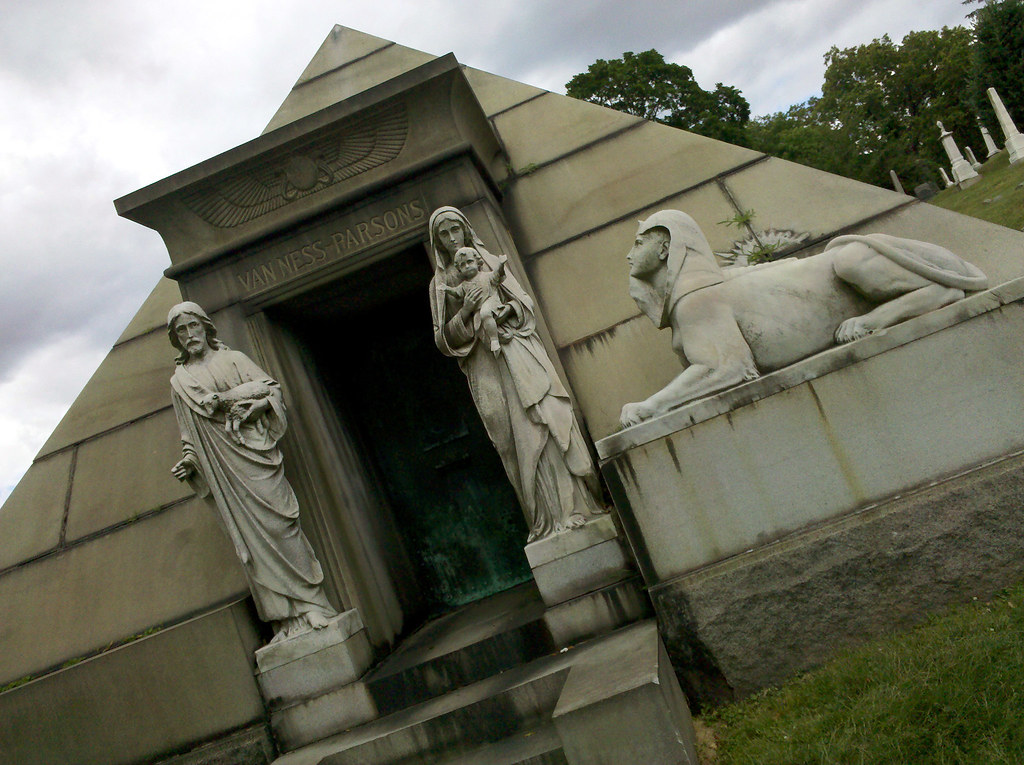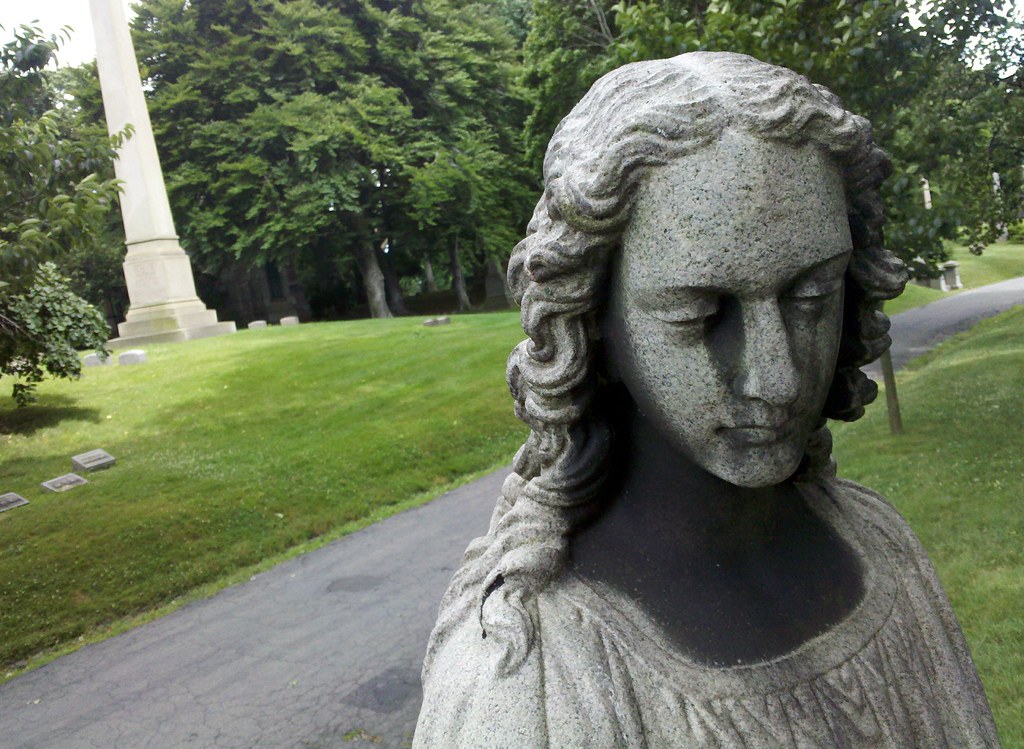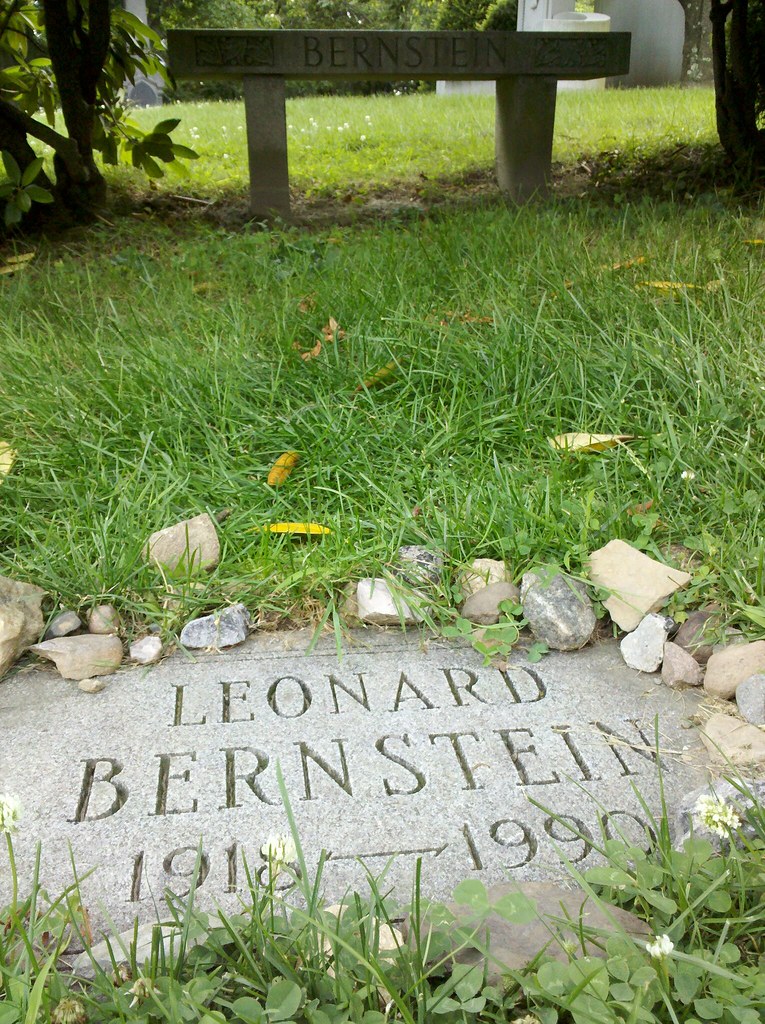
The state's Congressional primaries were held months earlier than usual this year.

Located on the sidewalk outside the ASPCA's former Brooklyn headquarters, this trough (now filled in with concrete) was one of several around the city installed by the organization in the early 1900s.

The red barn-shaped building with the gray roof houses the pumps for the 1.2-mile-long Gowanus Canal flushing tunnel, which delivers relatively clean water from Buttermilk Channel into the stagnant, highly polluted canal. This increases oxygen levels in the canal, mitigating unpleasant odors and making the waters habitable for aquatic life. The tunnel is currently out of service while it's being repaired and upgraded; to compensate, the Department of Environmental Protection has installed a temporary system that injects oxygen into the waters of the canal.
When it opened in 1911, the tunnel was seen as a "long-looked-for emancipation from the evil smells of old Gowanus". Much fanfare accompanied its activation: decorated yachts and barges floated down the canal, and a young woman was crowned Miss Gowanus.
You can also spot a greenish-yellow birdhouse in this photo, mounted on one of the trees lining the canal. It was built and installed as part of an effort to provide attractive lodging for the various winged creatures that live along the Gowanus.

Seeing their van parked on this grimy street beside the Gowanus Canal, you'd never imagine Day & Meyer's Portovaults hold some of New York's most valuable possessions.

Celebrating the miracle of the city's water supply system (here's a closer look)
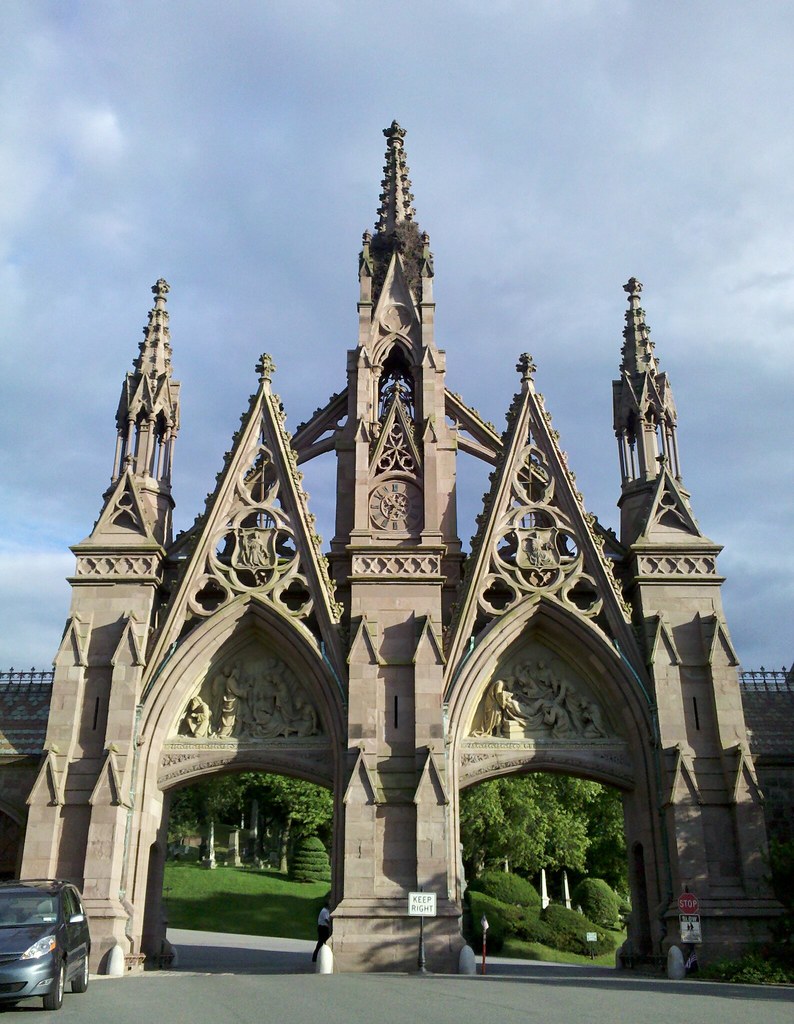
Welcome to Green-Wood Cemetery, one of the first, and grandest, examples of an American rural cemetery. Founded in 1838 on 478 magnificently wooded acres of glacial hills and dales, it once rivaled Niagara Falls as the country's premier tourist attraction. There's too much to see in just one day, so I'll be back for at least a few more visits over the next two years.
You may be able to discern a brown blob emerging from the base of the spire atop the gateway's central tower. It's a gigantic nest built by the famed Brooklyn parrots; Green-Wood is one of their strongholds.

This memorial must have been installed just a couple of years ago, when the beloved Williamsburgh Savings Bank Tower lost its long-held title of Tallest Building in Brooklyn.

The Altar to Liberty, a 1919 commemoration of the Battle of Long Island, stands on Battle Hill, an American defensive position taken by the British as the first major conflict of the Revolutionary War unfurled across Brooklyn. The Roman goddess Minerva stands upon the altar, facing the Statue of Liberty across the harbor. A few years ago, there was a controversial development being proposed just outside the cemetery, and, to ensure that the new four-story buildings would not obstruct the line of sight between the two ladies, a worker at the site was hoisted 40 feet into the air in a cherry picker while cemetery officials looked on from Minerva's side. They were still able to see Miss Liberty above the worker's head, and so they gave their approval to the developer's plans.

is the summit of the hill in the background, standing 220 feet above sea level and occupied by the mausoleum of Philip and Latifee Kiamie.
Mr. Stoiber's headstone, in the foreskin foreground, is, especially when viewed from behind, perhaps the most priapic monument in the entire cemetery, a place that certainly suffers no shortage of priapicity!
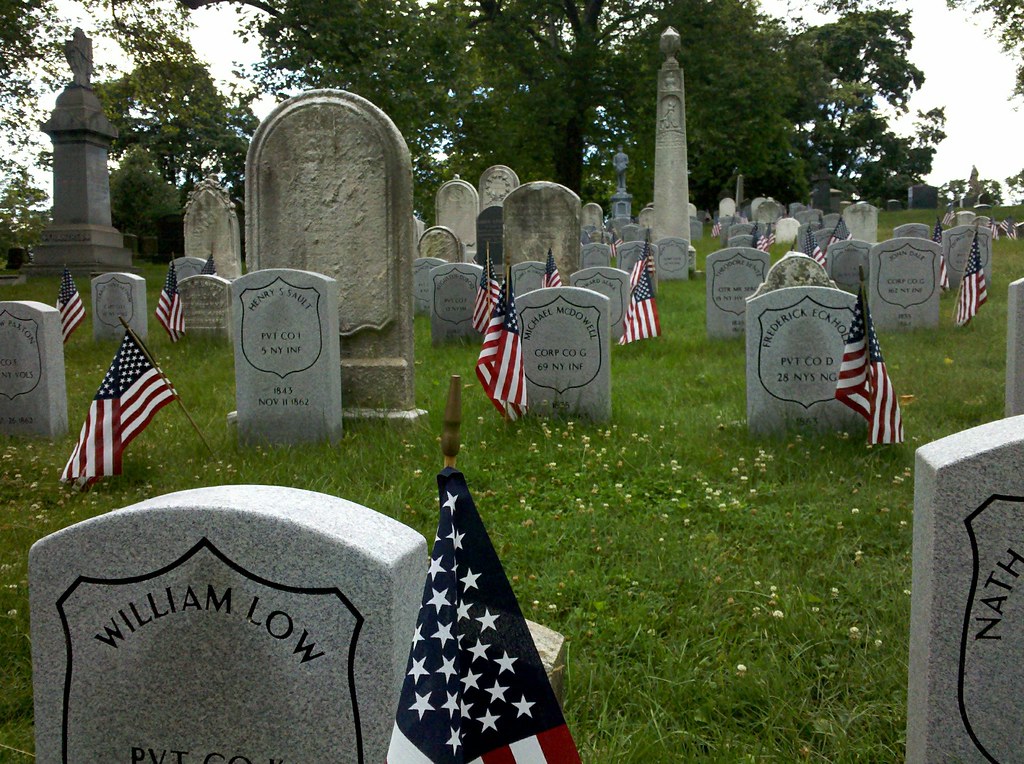
In 1863, this modestly sized section of Green-Wood was donated for soldiers who died in the Civil War. But many others who served are buried throughout the cemetery's 478 acres. Thanks to an extraordinary volunteer effort over the past decade, almost 5,000 Civil War veterans and counting (far more than the few hundred that were expected) have been identified in Green-Wood, including some Confederates, and some 2,000 new markers (like the ones you see here) have been obtained from the Department of Veterans Affairs for those whose gravestones were lost (often vanished into the ground over time) or damaged or perhaps never existed in the first place.

Brooklyn's first Civil War casualty, 12-year-old Clarence MacKenzie was accidentally shot and killed by another member of his regiment during a drill. He was originally buried elsewhere in the cemetery, but was then relocated to the Soldiers’ Lot (visible at back in the previous picture), where his grave was marked with this monument.

After lying in an unmarked grave for more than a century, the painter of "The Bulls and Bears in the Market" was spectacularly memorialized in 2002.

Neither he nor his wife nor his daughter are buried here? Thanks to this memorial, I just learned a new word.
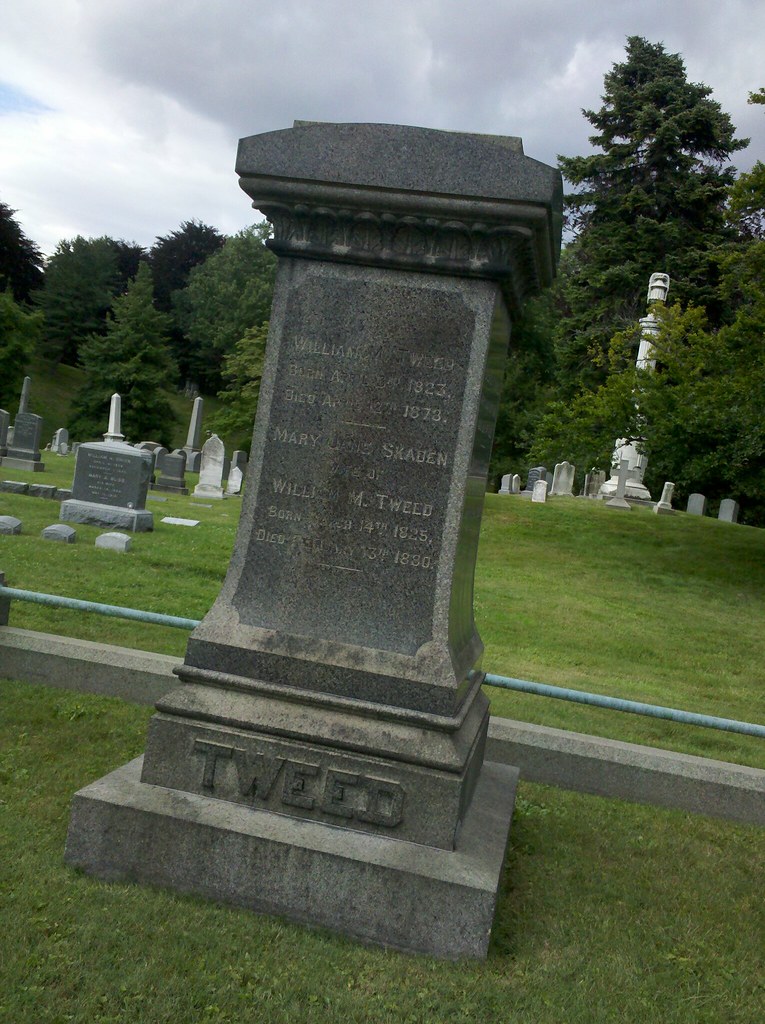
The former Grand Sachem of the notoriously corrupt Tammany Hall, Tweed was convicted of forgery and larceny in 1873. It was later estimated that he and his Tammany co-conspirators had stolen somewhere between 400 and 800 million of today's dollars from the city's taxpayers.
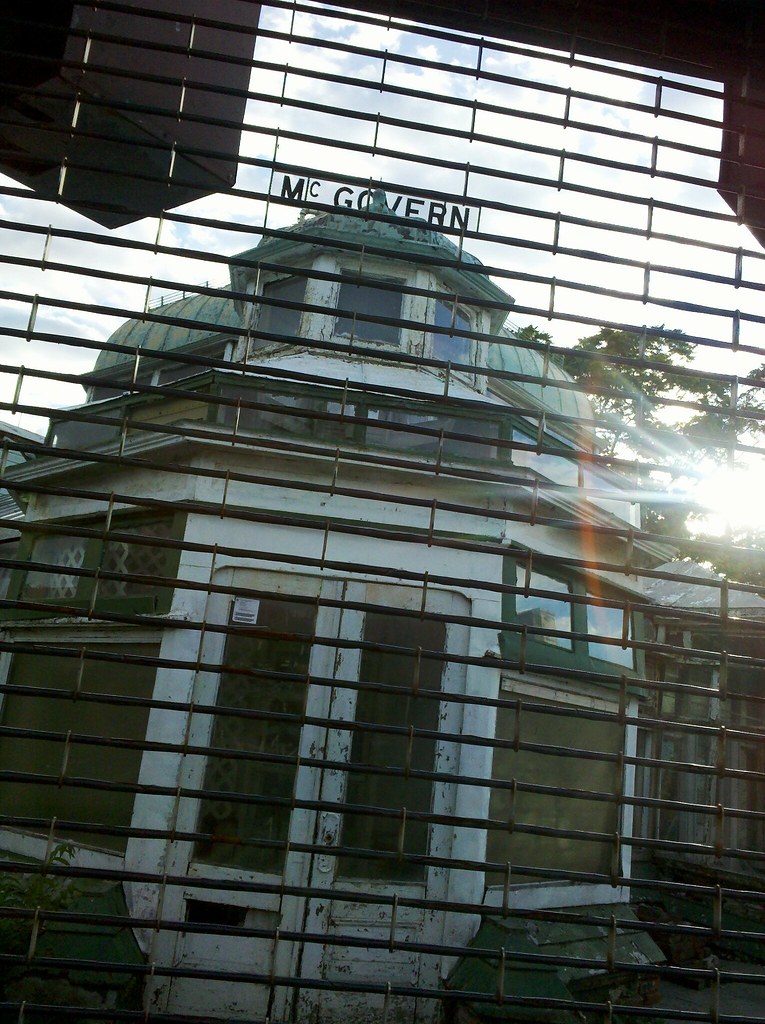
Green-Wood recently purchased this landmarked florist's greenhouse, which has stood across the street since 1895, with the intention of turning it into a visitor center.
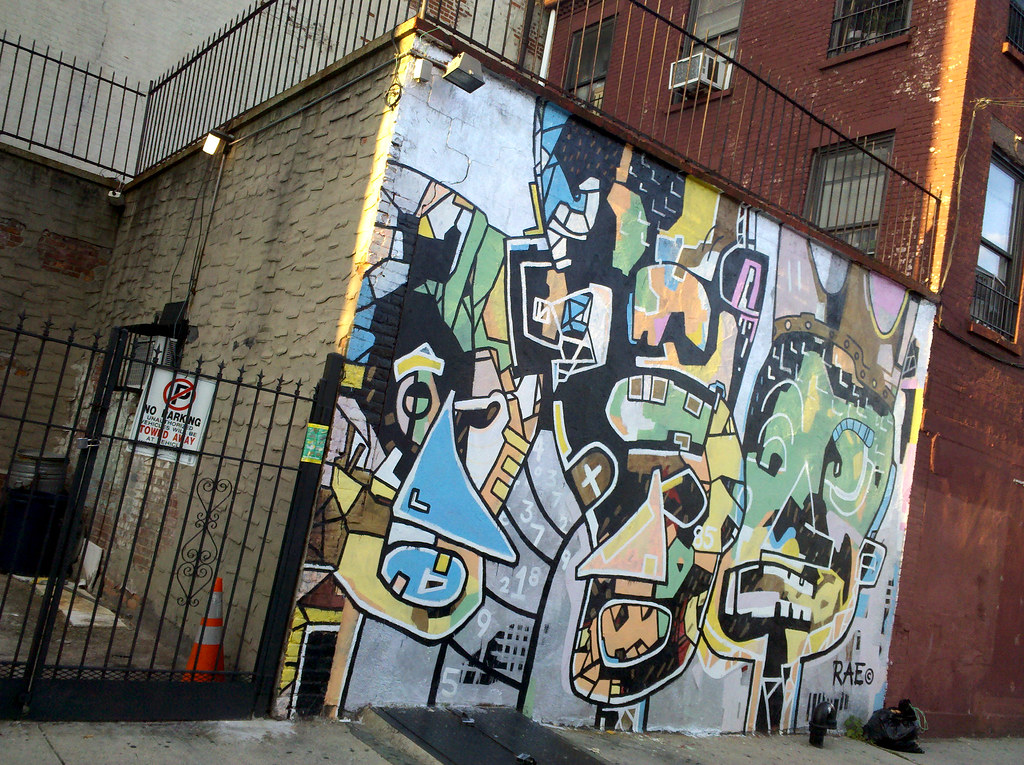
Now in color. If you didn't see it the first time, check out this great interview with him.






